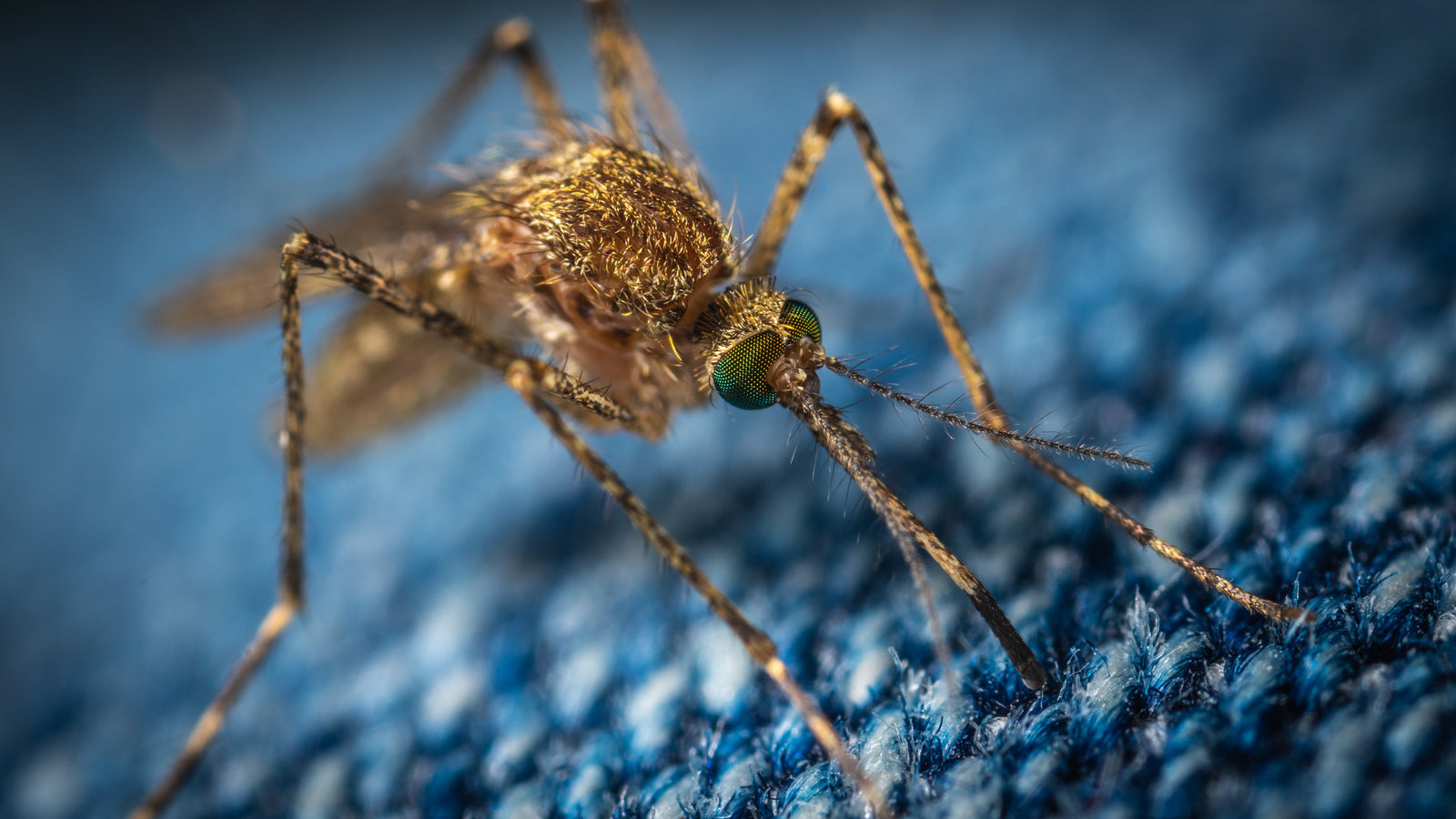Heartworm in dogs is a global problem. The domestic dog and wild canids are the main hosts, however infection in cats and other species has occasionally been reported.
Transmission
Mosquitoes are the main vector of transmission. The first three stages of larvae develop in mosquitoes. L1 and L2 larvae require temperatures above 57 F (14 C) for a minimum of two weeks to reach L3, the infective stage. Therefore, transmission may be seasonal in some areas, however most veterinarians recommend year-round administration of heartworm preventative medications. (I am not one of those veterinarians.)
The infective L3 molt to L4 over a couple of weeks in the dog and then mature into L5, which are immature adults, over a 45 to 60 day period in the muscles. The L5 then enter the blood stream to be carried to the heart and pulmonary artery where they mature over four to five months. After approximately seven months, the mature adults produce microfilariae that enter the circulation.
Prevention
Preventatives such as oral ivermectin and milbemycin oxime, topical moxidectin and selamectin, and injectable slow-release moxidectin kill the L3 and L4 larvae, as well as microfilariae. I do not recommend using moxidectin or selamectin due to the high number of adverse reactions and death that have occurred. If I had to choose the least of the evils, milbemycin oxime would be my preferred drug.
It is important to consider the rate of heartworm infection in the area where the dog resides and the lifestyle of the dog. For dogs living outside in hot, humid climates or swampy areas the risk of infection is much higher. I use natural mosquito repellents.
Diagnosis
Dogs usually show no signs of illness until adult worms are present in the heart. Clinical signs include cough, exercise intolerance, labored respiration, weight loss, fainting, coughing up blood, and congestive heart failure. Interestingly, vomiting is a common sign in cats.
Blood tests are used to detect antigen from female heartworms. False negative test results are possible if there are only male worms present, there is a low number of female worms, or the worms are immature. Blood smears under the microscope may show swimming microfilariae.
Chest X-rays are the best method for determining the severity of disease. Echocardiograms may show worms present in the heart and main pulmonary artery. Laboratory testing may show changes in liver and kidney function.
Treatment
The goal of treatment is to eliminate adult worms, microfilariae, and any migrating L3, L4, and L5 larvae. The only FDA approved drug to kill adult worms is Melarsomine Dihydrochloride. Treatment consists of three injections deep into the lumbar (lower back) muscles. One injection is followed by two injections given 24 hours apart one month later. Exercise restriction is essential during this two month period, as death of the worms can result in pulmonary thromboembolism (blood clots in the lungs).
Steroids are used to help decrease inflammation from worm death and the clinical effects of thromboembolism.
Doxycycline (antibiotic) is used prior to the melarsomine injections. Doxycycline has been shown to kill L3 and L4. It also kills the Wolbachia bacteria found in adult heartworms that help them survive. Heartworm preventative medications as listed above are also started two months prior to melarsomine injections. This is to ensure L3 and L4 larvae will not continue to mature.
Side effects from the injection can include: (from drug.com)
ADVERSE REACTIONS (Side Effects)
Injection Sites: At the recommended dosage in clinical field trials, significant irritation was observed at the intramuscular injection sites, accompanied by pain, swelling, tenderness, and reluctance to move. Approximately 30% of treated dogs experienced some kind of reaction at the injection site(s). Though injection site reactions were generally mild to moderate in severity and recovery occurred in 1 week to 1 month, severe reactions did occur (< 1.0 %), so care should be taken to avoid superficial or subcutaneous injection and leakage. Firm nodules can persist indefinitely.
Other Reactions
Coughing/gagging, depression/lethargy, anorexia/inappetence, fever, lung congestion, and vomiting were the most common reactions observed in dogs. Hypersalivation and panting occurred rarely in clinical trials (1.9% and 1.6%, respectively); however, these signs may occur within 30 minutes of injection and may be severe. One dog vomited after each injection. All adverse reactions resolved with time or treatment with the exception of a limited number of injection site reactions (persistent nodules) and a low number of post-treatment deaths.
An alternative to this "quick kill" method is the "slow kill" method. The slow kill method involves use of Doxycycline for one month, then two months off, then repeat for a period of one year (4 cycles). Monthly preventatives are also given during the year. Most dogs will clear the infection within one year. I have had success with this method with many patients. Traditional veterinarians generally do not like to employ this method. Dogs must lead a sedentary lifestyle until the worms are cleared.
Healthy dogs with a good immune system are less likely to develop overwhelming heartworm infections. It is important to feed a whole-food, human-grade diet. Proper exercise, lean body weight, and immune-support will go a long way to keeping your dog parasite-free.
Dr. Judy's Fleas, Ticks, and Heartworms Resources
Disclaimer: This content is for informational purposes only and is not meant to diagnose, treat, or replace consulting a primary veterinarian for individualized care.

